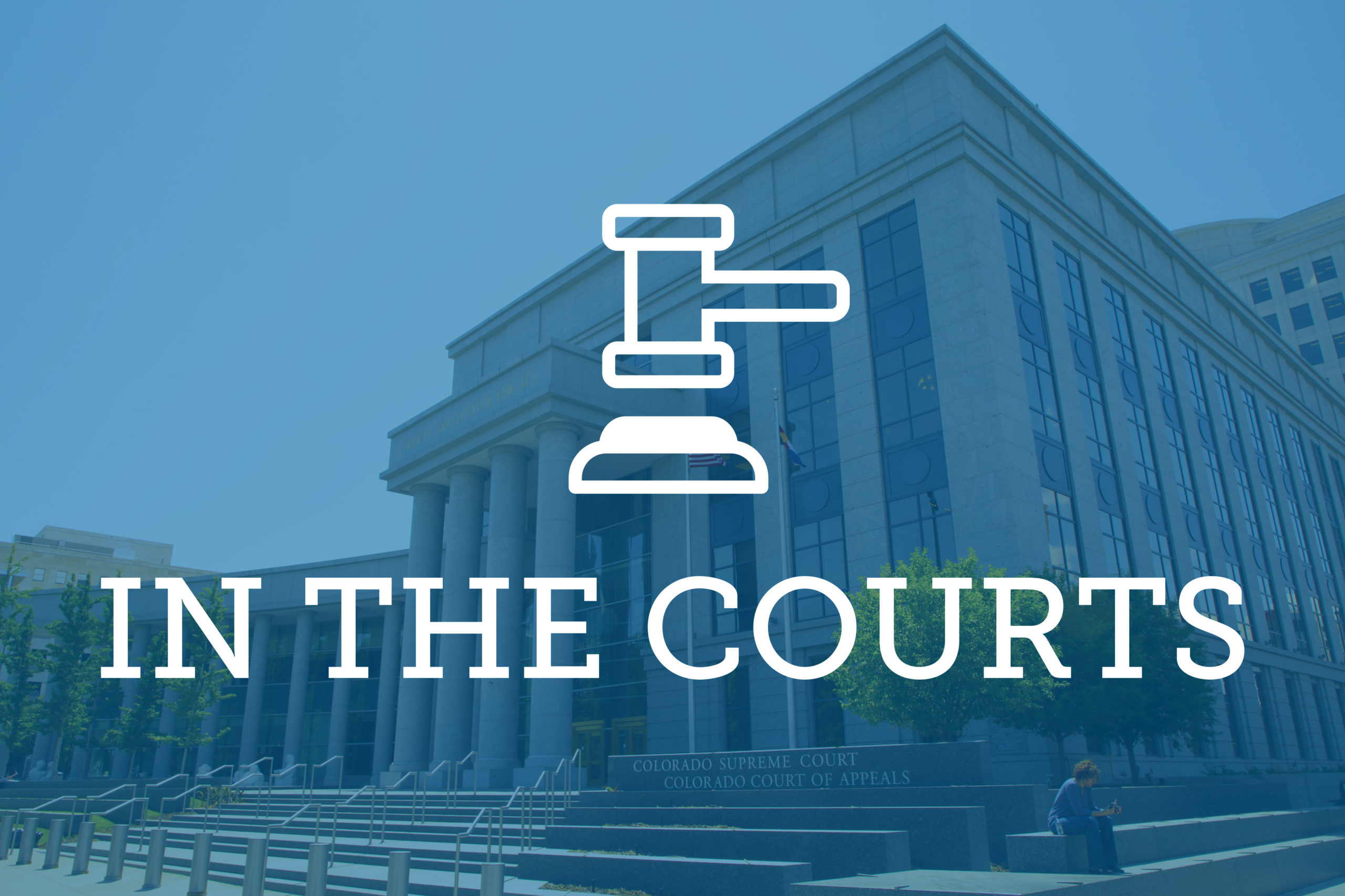
Under normal economic circumstances, insurance companies can make money because they can fund expensive claims with the pool of money from premiums collected from other policyholders who don’t have costly health conditions. The health crisis is straining that basic economic framework of the insurance business model. States with recently passed paid leave laws that are readying to start paying claims could face funding shortfalls in their programs as the coronavirus crisis grinds some economic sectors to a near halt and businesses lay off workers, meaning less money from premiums going into paid leave pools.
“State paid leave programs aren’t really designed to address times when a huge percentage of the workforce may need leave,” said Jennifer Greenfield, an associate professor at the University of Denver’s graduate school of social work. “Normally, utilization is fairly steady over time because the reasons that people need it are fairly steady over time. Childbirth is relatively predictable, cancer rates are relatively predictable, and so on.”
Marjory Robertson, assistant vice president and senior counsel at Sun Life Financial who is based in Massachusetts, echoed a similar sentiment.
“It’s kind of a perfect storm. I think COVID-19 really is highlighting the need for the leave, but it also is reducing the resources available to pay for the leave. So I think it’s going to take awhile for the dust to settle.”
Massachusetts is already collecting premiums for paid leave and is set to start paying out benefits in January 2021. The District of Columbia is scheduled to start paying claims on July 1 this year. Connecticut will start collecting premiums next January and pay benefits in 2022.
A March 17 report from the Boston Globe said a majority of the state’s 300,000 workers in the state’s restaurant industry were laid off during a period of just a few days. An April 2 report said the state’s unemployment claims had risen to more than 181,000.
In Massachusetts and Washington, which is already paying out claims, both employees and employers pay into their leave insurance pools. Abigail O’Connell, senior counsel at Sun Life Financial, said Massachusetts’s law doesn’t require companies with fewer than 25 employees to pay the employer share of the premiums.
O’Connell said she believes states that are in between having passed paid leave laws and starting to pay premiums are the most vulnerable to funding shortfalls because they have planned for certain amounts of pre-funding to make their programs liquid before the coronavirus’s economic fallout.
“In that ramp-up calculation, they had estimated how much premium they were going to be taking in and potentially that could be much less than they had planned on … So I think the newer states are a little bit more vulnerable.”
Colorado’s yet-to-be-introduced paid leave bill already had a tenuous future before the legislature went into recess because of sponsors who pulled their names from the bill when they didn’t think it was expansive enough. Now with the state budget facing a squeeze from the economic fallout of the coronavirus, it seems reasonable to guess the bill’s future is even more uncertain.
Sen. Faith Winter, a prime sponsor of the bill, couldn’t be reached for comment. But other lawmakers have gone on the record saying unpassed bills that come with fiscal notes are probably dead in the water.
News reports from mid-March said Colorado could see a $750 million decrease in projected revenue for the next fiscal year, which starts July 1. Kate Watkins, the state legislature’s chief economist, said in an email she couldn’t comment on the political feasibility of bills. But she confirmed the $750 million figure is still the most current estimate. Sen. Dominick Moreno, who chairs the Joint Budget Committee, couldn’t be reached for comment.
Robertson said even before the economic fallout from the coronavirus hit, states that have set up government-run paid leave programs seem to have been surprised by the complexity and costs that setting up a new leave system takes. O’Connell added she believes because insurance providers tend to offer several kinds of insurance, they have diversified portfolios that make them better able to weather decreased funds from paid leave programs caused by the coronavirus.
“The problems that the newer states are having is making some states like Colorado step back and say, ‘Do we really want to create a huge government bureaucracy?” Robertson said. “We have all these insurance carriers out there that basically already have systems built.”
Robertson, O’Connell and Greenfield all said they hope the coronavirus’s economic damage is a catalyst for the federal government to pass a broad law for family and medical leave, because the health crisis highlights the choices workers without paid leave available to them often have to make between health and getting a paycheck to keep their heads above water.
Greenfield said she believes the coronavirus crisis should prompt a larger conversation about the design of U.S. health care system and how the role of government-led social programs should factor in.
“The paid leave conversation falls exactly into that debate. Is this a time when people are suddenly realizing we really need the folks at King Soopers to be able to take leave so that they don’t infect the customers, or is this a time when we’re going to say businesses can’t even afford the smallest extra expense, so we shouldn’t make them pay into anything else?” she said. “I don’t know how the conversation is going to swing.”
—Julia Cardi

